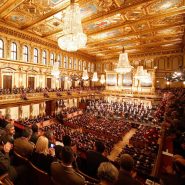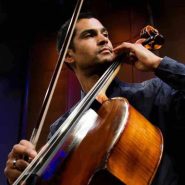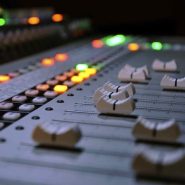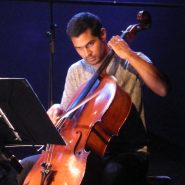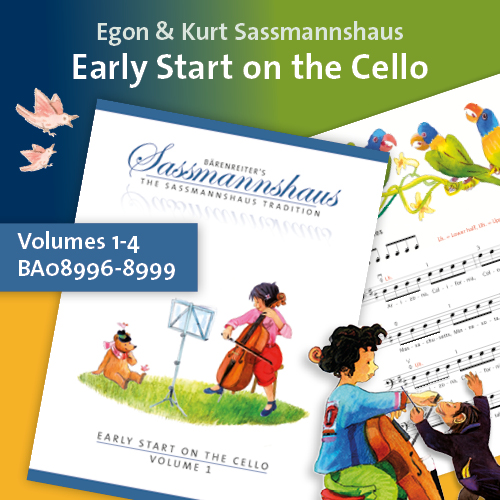Tag: acoustics
By Aron Zelkowicz November 9, 2012
Tags acoustics, Aron, audience, cello, cellobello, challenges, Dvorak, endpin, gestures, illness, live performances, musicians, orchestras, perspective, stage, struggle, themes, tour, Zelkowicz
By Jeffrey Zeigler February 27, 2012
By Wayne Burak January 19, 2012
Subjects Instrument Care
Tags acoustics, Adjustments, alterations, bridge, Burak, cello, cello setup, cellobello, changes, fingerboard, humidity, neck angle, performance, strings, Wayne, woodworking
By Jeffrey Zeigler May 29, 2011
Subjects Technology
By Jeffrey Zeigler December 1, 2010
Subjects Technology
